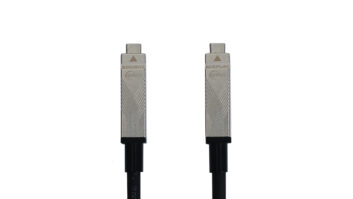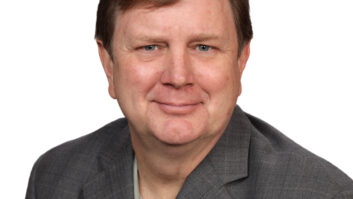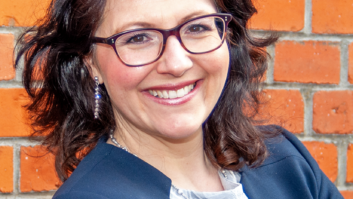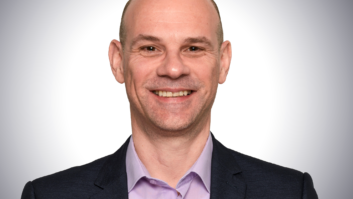Throughout the history of invention, there has been lag time between a discovery and the production of a utilitarian function for that marvellous scientific feat. Digital is a word that sparks visions of “new and improved” no matter where it is applied, and in the audiovisual installation space, all eyes have been on digital audio networking for quite some time. A number of proprietary and so-called “open” protocols have existed for much of the past decade, but questions about which one will become the de facto standard, and the high cost of licensing and implementing networking solutions in audio products, have made manufacturers reluctant to jump into the fray just yet.
“These decisions are very costly ones for companies to invest in, and that’s why sometimes they hold off for a long time before they commit,” observes Mark Pinske, chief operating officer of Crest Audio and general manager of Peavey MediaMatrix and Architectural Acoustics. Following the announcement at PLASA that the four Peavey brands are now EtherSound licensees, Pinske explains: “EtherSound has hung in there and plugged away, and its market is growing every day. In Europe, EtherSound has caught on very strongly, so we have to respond to that. We have distributors now not just asking, but telling us we have to have EtherSound modules in order to stay competitive.”
As with any of the standards watches that have taken place in the low-voltage industry, the interim solution is to support any and all of the popular formats rather than taking sides early on. Many manufacturers seem to be tracking not only CobraNet and EtherSound, but also Aviom’s A-Net products. Sony’s SuperMac protocol and the AES Standard derived from it (AES50-2005) are also on the radar.
As these protocols co-exist year after year, they are finding niches in particular market segments – whether or not they were meant for such isolation. It has been said that EtherSound’s low latency makes it popular in live sound applications, while CobraNet is still what many consider to be suited for install projects. Digigram and Cirrus, respective parent companies of these solutions, would beg to differ.
“As thrilled as I am to do the Olympics, concert tours and the like, where this really needs to hit is at the lowest level,” emphasises Jimmy Kawalek, business development manager for EtherSound. “That means products have to be affordable, yet connected.”
Meanwhile, manufacturers are keeping their options open, providing networking cards and/or built-in ports for more than one networking protocol. Yamaha brought to PLASA four EtherSound-enabled products alongside CobraNet counterparts, and it continues to support Aviom products and mLAN as well.
The next hurdle will be gigabit. EtherSound has already reached that goal, but as with every step of this journey, backwards compatibility with specialised equipment in other industries (particularly life safety) will be an issue. More importantly, there’s the question Pinske poses: “What would we hook it up to?”
More:
» www.aviom.com
» www.cirrus.com
» www.ethersound.com
» www.peavey.com
» www.sonyoxford.co.uk/pub/supermac
Kirsten Nelson is a US-based technology writer and a former editor of ‘Systems Contractor News’. A longer version of this column appears in the November issue of ‘Installation Europe’ magazine.







